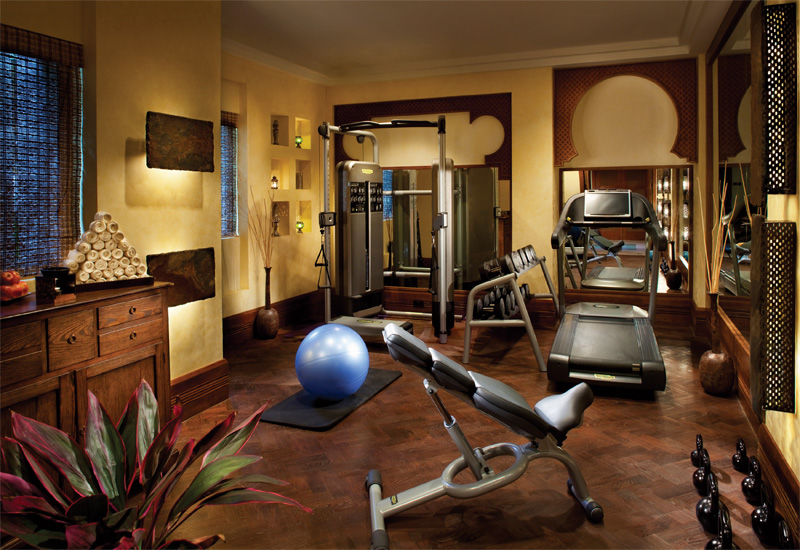Q: HOW HAS GYM DESIGN IN HOTELS DEVELOPED?
YOUNG: Gym design for hotels is being driven by the demand from guests — towels and green apples are not enough. They want a full service commercial health club experience that enables them to maintain their regular fitness regimes whilst away from home.
The fitness area is increasing in size, with distinct exercise zones such as cardio, functional areas, free weights, and some hotels provide areas with cardio products that are free of entertainment and noise.
MCCURTIN: Research and technology are the biggest drivers of gym design. In the past, most hotels and operators simply replaced the equipment they had like for like without really considering what is actually being used by hotel guests.

| Advertisement |
When equipment is networked it allows the operator to get real time information about usage trends, such as which types of equipment are most popular and what locations in the gym are more popular. Good design for hotel gyms should encompass the overall feel of the hotel, so the guest feels a connection between the experiences they have as they journey through the hotel into the gym.
Taking key elements such as the hotel’s signature colour and incorporating this into the gym will help create a fitness environment that identifies with the rest of the hotel.
MATTHEUS LOTTER: Gyms have gone from being the conventional cardio and free weight design formats to now incorporating free zones, which allow people to do more innovative training like Vpir, Kettle bells, TRX and so on.
At Talise Fitness in Madinat Jumeirah, our health club caters to both styles of gym. We have the conventional cardio machines but also a section dedicated to TRX and free weights. We also have a High Altitude Suite to allow people train in a low oxygen chamber.
MICHELE MORO: Gym design has evolved a great deal in the last few years. Nowadays we suggest and guide clients to dedicate more space for functional training, cardio areas are not necessary anymore with a battery of treadmills and bikes facing a wall where there are screens.
The next step is to design a gym which goes beyond the physical aspect. You’ll have virtual gyms made by the connections of their users and members and their trainers, activities, challenges and initiatives all connected by a cloud-based environment. This will take the gym to a new borderless era and the original physical gym will become a hub from where guests start initial steps.
Article continues on next page ...









 Search our database of more than 2,700 industry companies
Search our database of more than 2,700 industry companies









